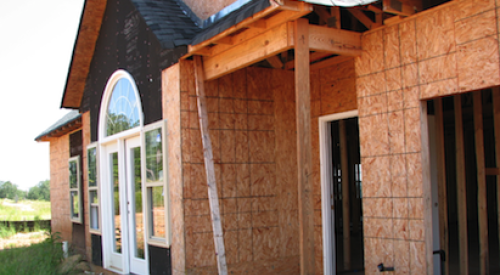Misrepresentations by sales associates are the bane of poor customer satisfaction, potential liability and risk management issues for home builders.
 John Rymer, Founder, New Home Knowledge |
By my count, there are three types of misrepresentation. The first type is overt misrepresentation. It is the least pervasive but does happen from time to time, typically by sales associates who are new to the industry. For example, a sales representative might say, "Don't worry, we promise to have your home complete and have you moved in by the beginning of school" without so much as contacting anyone else in the company to get an accurate read on the situation.
And before you can say "90 days of hotel bills and storage costs," you've got an unhappy customer and a good deal of your management time and money undoing the commitment. This kind of misrepresentation rarely happens twice by the same sales associate, because the sales individual has most likely been shown the door by management after the initial screw-up.
The second type of misrepresentation happens through omission. This is more pervasive and more difficult to get to the bottom of the facts in each case. For example, customers might complain no one told them about a chicken processing plant two miles down the road. Or they might say, "We told the sales associate how much we loved the big tree in the middle of the lot, and they never mentioned that it would be cut down as part of the clearing process." Was it intentional misrepresentation, a miscommunication or simply an oversight? It's often tough to know. No matter what the intent, these issues become just as big of a time drain and cost concern as the first category of issues.
The third type haunts almost every builder and sales team. It is misrepresentation due to flaws in internal communication. These issues are both big and small but typically fall into three areas: (1) design changes between model home and current production; (2) changes in subcontractors and/or materials; and (3) changes due to non-standard customer requests. Minimizing exposure requires vigilance by the management team and excellence in internal communication skills.
The key to reducing exposure in all three versions of sales misrepresentations is to set expectations with your sales team and deal with the potential issues proactively rather than reactively. Begin by making it clear that dealing and disclosing potential customer concerns early in the process is a far better solution than waiting and hoping that the customer doesn't notice or won't make a big deal about it. Next, document everything you can in the way of the changes that may affect the customer experience and final product. This eliminates the ammunition from customers who claim they were never told of a change.
Most importantly, the management team needs to be proactive and timely in responding to its sales teams on specifics of products and features. Poor product information often leads to sales assumptions.
Managers need to provide timely answers to tough customer questions and should expect nothing less from the sales team. Management's failure to respond decisively to sales concerns will create an environment where getting by is good enough until a crisis erupts. By then it's too late.
By setting the example, you create the environment. It's your choice.
| Author Information |
| John Rymer is the founder of New Home Knowledge, which offers sales training for new home builders and real-estate professionals. He can be reached at john@newhomeknowledge.com. |












